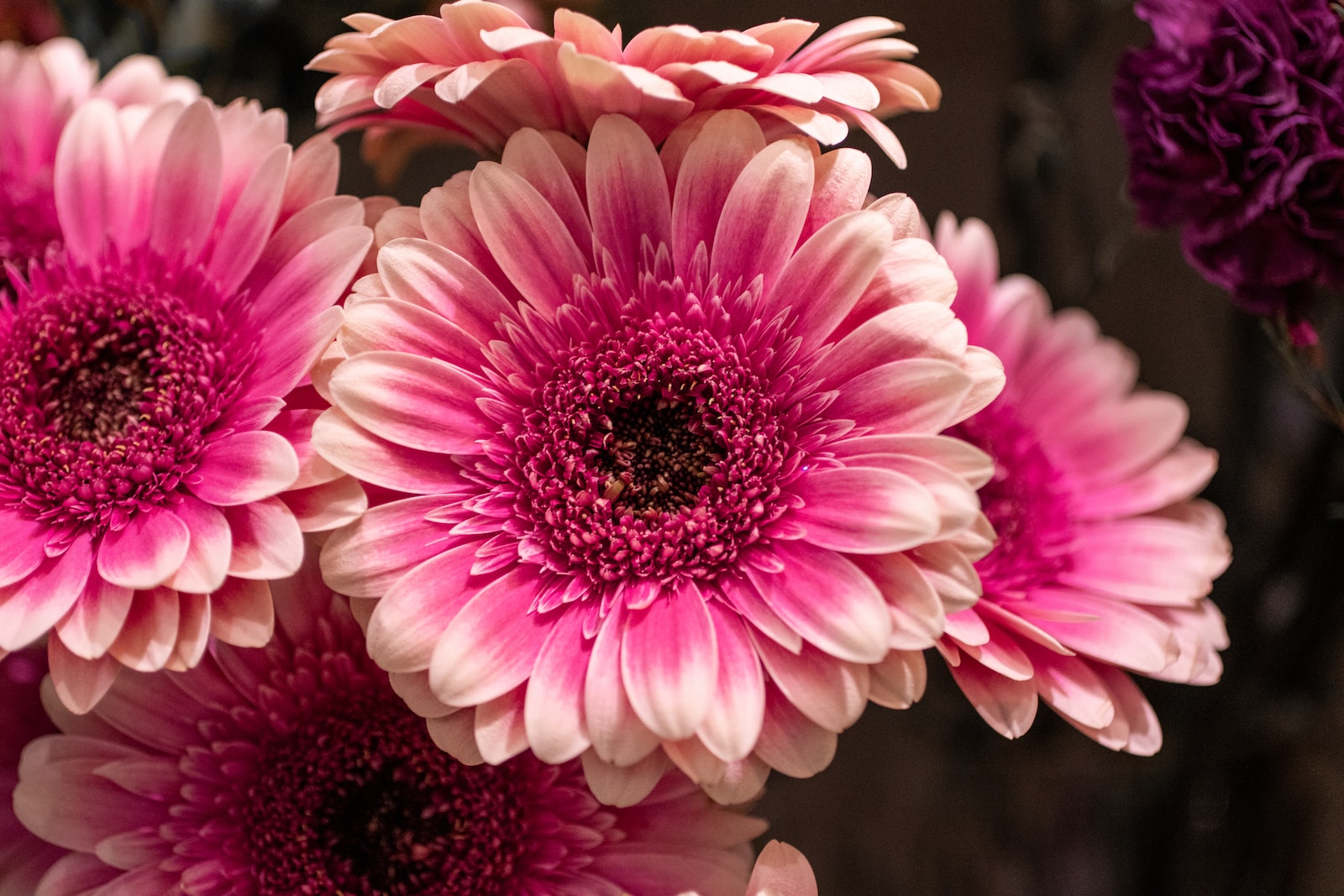Welcome to “The Magic of Macro Lenses”! If you’re fascinated by the intricate details that can be captured up close, then you’re in for a treat. In this blog, we will explore the enchanting world of macro lenses, their incredible ability to capture close-up shots, and their utmost importance in the realm of macro photography. So, grab your camera and let’s embark on a journey to unlock the wonders of the miniature world!
Table of Contents
The Versatility of Macro Lenses
Exploring the Definition of Macro Photography
Before we dive into the wonders of macro lenses, let’s unravel the concept of macro photography. Macro photography is all about capturing mind-boggling details in extreme close-up. It showcases subjects at a 1:1 or greater magnification ratio, allowing us to observe even the tiniest elements with astonishing clarity.
The Unique Abilities of Macro Lenses
What sets macro lenses apart from other types of lenses? Well, their optical design and focal length make them perfect for capturing small subjects with incredible precision. Macro lenses enable us to focus at a very close distance, preserving sharp details and delivering stunningly crisp images. With their ability to reproduce true-to-life proportions, macro lenses bring out the mesmerizing beauty of the minuscule.
Choosing the Right Macro Lens for Your Needs
Understanding Focal Lengths
Macro lenses are available in various focal lengths, each catering to different needs and preferences. Shorter focal lengths, such as 50mm, are ideal for general macro photography and everyday use. They offer a wider field of view, making it easier to capture subjects in their surroundings. On the other hand, longer focal lengths like 100mm or 200mm provide increased working distance, perfect for photographing skittish or potentially dangerous subjects while maintaining a comfortable distance.
Optical Stabilization for Steady Shots
Macro photography often involves shooting subjects at extremely close distances, which can amplify even the tiniest camera movements. To combat this, some macro lenses feature optical stabilization, helping to eliminate blurriness caused by camera shake. This technology allows you to capture sharp, shake-free images without the need for a tripod, giving you greater flexibility and freedom in your macro explorations.
Interesting Fact: Did you know that macro lenses are not only used for photography? They are also commonly used in scientific and medical fields to capture highly detailed images for research purposes.
Tips and Techniques for Macro Photography
Mastering Depth of Field
Depth of field plays a vital role in macro photography, as it determines what parts of your subject will be in focus. When shooting up close, depth of field becomes significantly shallow, making it essential to carefully choose your focus point and aperture settings. Experimenting with different apertures and focusing techniques, such as focus stacking, can help you achieve stunning results with precise control over what remains sharp in your images.
Utilizing Natural Light and Enhancing with Flash
When it comes to illuminating your macro subjects, natural light can be your best friend. Soft, diffused light can beautifully enhance textures and details, creating a natural and appealing look. However, in situations where natural light is insufficient, using a dedicated macro flash or a ring light can provide the additional illumination needed without causing harsh shadows or washed-out highlights.
Exploring the World Up Close
Delicate Details of Nature
Macro photography allows us to unveil the extraordinary intricacies present in the natural world. Whether it’s the delicate textures of a flower petal, the minute patterns on a butterfly’s wings, or the mesmerizing structure of a water droplet, macro lenses bring us closer to the captivating beauty that often goes unnoticed in our day-to-day lives.
Creative Macro beyond Nature
Macro lenses are not limited to capturing nature’s wonders alone. They open up a world of creative opportunities, enabling us to explore everyday objects from an entirely new perspective. Engage your imagination by capturing unique details in mundane objects like household items, jewelry, or even the grooves of a vinyl record. The possibilities are endless, and the results can be exhilaratingly surprising.

The magic of macro lenses lies in their ability to transform the ordinary into the extraordinary, capturing the hidden beauty that surrounds us. Whether you’re a professional photographer or an enthusiastic beginner, macro lenses are an essential tool to unlock a universe of fascination. So, grab your macro lens, explore the stunning world of close-up photography, and let your creativity unfold, revealing the wonders that lie beyond the naked eye.
A Case Study: Overcoming Challenges with Macro Lenses
Macro lenses are a game-changer for photographers, enabling the capture of intricate details and producing stunning close-up shots. To truly understand the magic of macro lenses, let’s explore a fascinating case study that demonstrates their unique capabilities and the challenges that can be overcome with these powerful tools.
The Setting
A talented nature photographer, Sarah, embarked on a journey to capture the mesmerizing beauty of butterflies up close. Armed with her macro lens, she ventured into a lush butterfly garden, excited to witness the enchanting world hidden within their wings.
The Challenge
Sarah was faced with the immediate challenge of maintaining focus on the delicate subjects. The closer she got to the butterflies, the shallower the depth of field became, making it difficult to achieve sharpness throughout the entire shot. However, she didn’t let this deter her.
Aware of the unique capabilities of macro lenses, Sarah proceeded by adjusting her aperture, opting for a smaller opening to increase the depth of field. This allowed her to capture intricate details while maintaining focus on the butterflies, thus overcoming the initial challenge.
Unleashing the Magic
As Sarah continued to explore the world through her macro lens, she was amazed at the hidden treasures she could unveil. Macro lenses have the power to magnify tiny subjects, revealing patterns, textures, and colors that are otherwise invisible to the naked eye.
With every click of the shutter, Sarah became more enchanted by the magic that macro lenses offered. The level of detail captured was extraordinary, enabling her to document every intricate vein on a butterfly’s wing or the delicate fuzz on a flower petal.
The Benefits
Macro lenses not only allowed Sarah to capture stunning close-up shots, but also opened up a whole new realm of creative possibilities. By immortalizing fine details, she was able to tell captivating stories that would have otherwise gone unnoticed by the casual observer.
The ability of macro lenses to isolate tiny subjects against a beautifully blurred background added depth and interest to Sarah’s photographs, creating a visual feast for the viewer. These lenses are truly transformative, enabling photographers to explore and showcase the minuscule wonders of the world.
Frequently Asked Questions
1. What are macro lenses?
Macro lenses are specialized camera lenses that are designed to capture extreme close-up shots. These lenses have a longer focal length that allows you to focus on your subject at a very close distance, magnifying the details to a significant degree.
2. What is the difference between macro lenses and regular lenses?
The main difference between macro lenses and regular lenses is their ability to focus at a closer distance. Regular lenses have a minimum focusing distance that is usually farther than what macro lenses offer. Macro lenses also have a higher magnification ratio, enabling them to capture intricate details with exceptional clarity.
3. Why is macro photography popular?
Macro photography is popular because it uncovers a whole new world of details that are usually unnoticed by the naked eye. It allows photographers to depict subjects in a unique and captivating way, revealing the beauty of small objects or subtle features that might otherwise go unnoticed.
4. What are some common subjects for macro photography?
Macro photography can be applied to various subjects, including flowers, insects, textures, jewelry, food, and even abstract patterns. The possibilities are endless, as macro lenses enable you to explore and emphasize the details in any small-scale subject.
5. Can I use a macro lens for other types of photography?
Yes, macro lenses can be used for other types of photography as well. While they excel at capturing close-up shots, you can still achieve sharp and detailed results when using a macro lens for subjects that are not necessarily small or close. Their versatility makes them a valuable addition to any photographer’s toolkit.
Wrap Up
In conclusion, macro lenses unlock a whole new world of possibilities in photography. Their ability to capture intricate details and bring them to life is truly magical. Whether you’re a professional photographer or a hobbyist, having a macro lens in your gear collection is a game-changer.
Through this blog, we have explored the wonders of macro lenses, the art of capturing close-up shots, and the significance of macro photography. Now it’s your turn to unleash your creativity and dive into the mesmerizing world of macro.
Have you ever experimented with macro lenses? What was your experience like? Share your thoughts and stunning close-up shots in the comments below. Let’s inspire and learn from each other!
